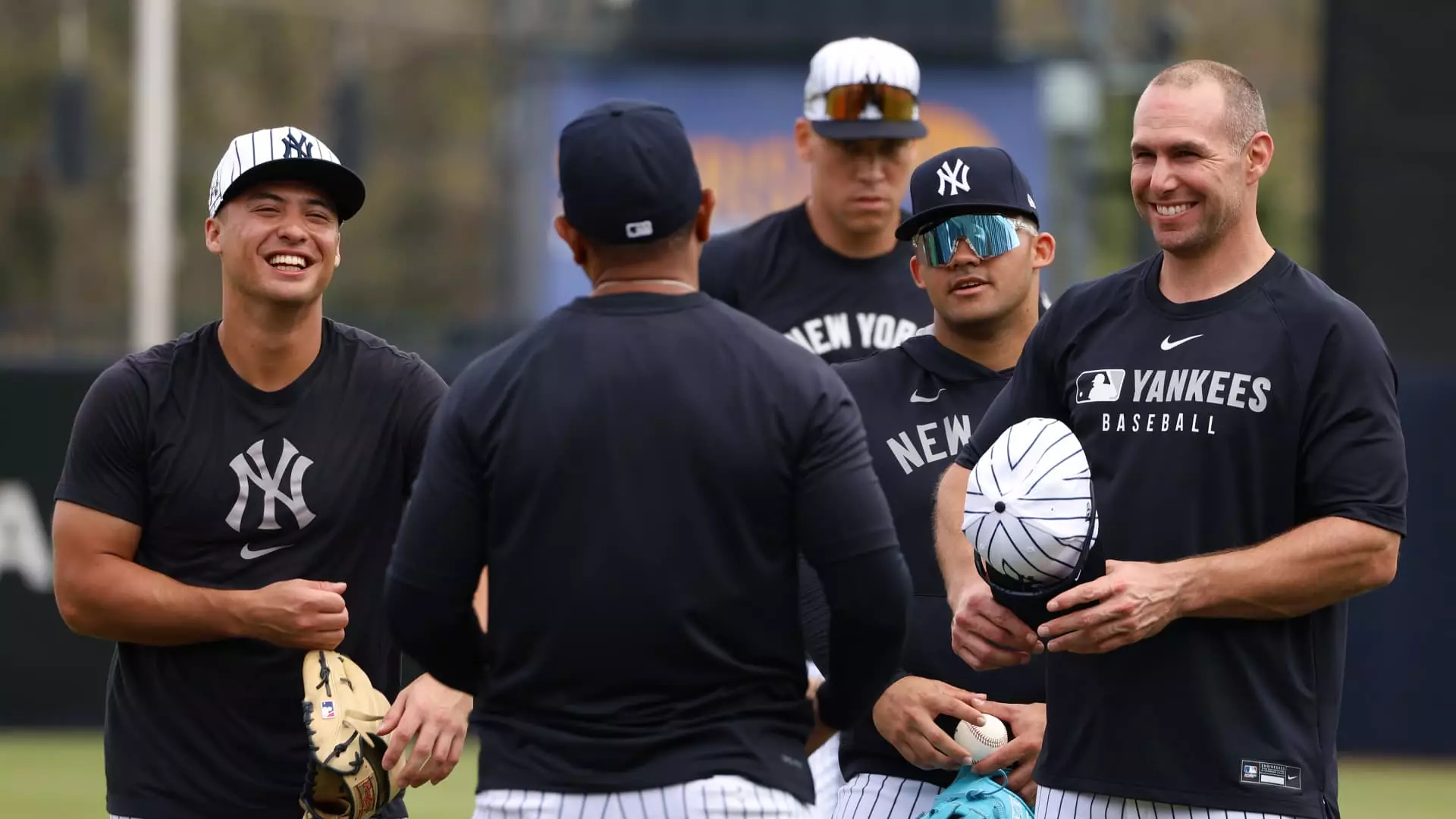After decades of strict grooming standards, the New York Yankees have made a significant change to their iconic policies regarding player appearances. For the first time in nearly 50 years, players are now permitted to grow “well-groomed beards.” This decision, announced by team owner Hal Steinbrenner, marks a pivotal moment in the franchise’s history, reflecting a shift not only in policy but perhaps in the very culture of the team itself. This change follows Steinbrenner’s consultations with current and former players, indicating a responsive and evolving leadership willing to adapt to modern norms.
The Yankees’ no-beard policy was a hallmark of the organization, instituted in the 1970s under George Steinbrenner, Hal’s father. Originally, the rule aimed to foster professionalism and discipline within the team, a reflection of Steinbrenner’s desire for uniformity and control. He famously remarked that the policy was designed to cultivate pride among players. Over the years, this rigid standard has elicited mixed feelings; while some welcomed it as a unifying tradition, others felt stifled and constrained by such archaic norms.
The legacy of resistance against the no-beard policy is well-documented. Players like former captain Don Mattingly publicly opposed the restrictions, leading to notable events like his benching in 1991 due to a refusal to cut his hair. Such incidents highlight the tension between individual expression and organizational tradition, suggesting that while the rule was strictly enforced, it also became a point of contention and resistance among those who wore the Yankee logo.
In recent years, the conversation about grooming policies in sports has evolved remarkably. Players have begun to prioritize personal expression and identity, prompting organizations, including the Yankees, to reconsider their long-standing regulations. This shift represents a broader cultural movement within sports, where individuality is increasingly embraced. Steinbrenner’s announcement signifies a desire to not only acknowledge this change but to adapt to it, moving “beyond the familiar comfort” of outdated regulations.
Interestingly, player transactions have revealed how stringent these grooming policies can affect team dynamics. General Manager Brian Cashman once expressed reluctance to acquire pitcher Brian Wilson due to his beard, illustrating how deeply embedded the policy was within the organization. Renowned players, including Gerrit Cole, have had to forgo their trademark looks upon joining the team, a testament to the sacrifices made at the altar of tradition.
With this new policy in place, the Yankees may open the door to attracting more diverse talent, potentially widening their player recruitment scope. As the organization evolves, this decision could redefine not only the appearance of its players but also the internal culture that embraces individuality and self-expression. While the Yankees’ storied past is rich with tradition, their future may very well hinge on balancing that heritage with the progressive values of modern society.
As they embark on this new chapter, it remains to be seen how fans and players will react to this groundbreaking policy change. The return of beards could prompt a renewed sense of identity within the team, offering a refreshed image that resonates with both the players and the loyal fanbase that has supported them for generations.

